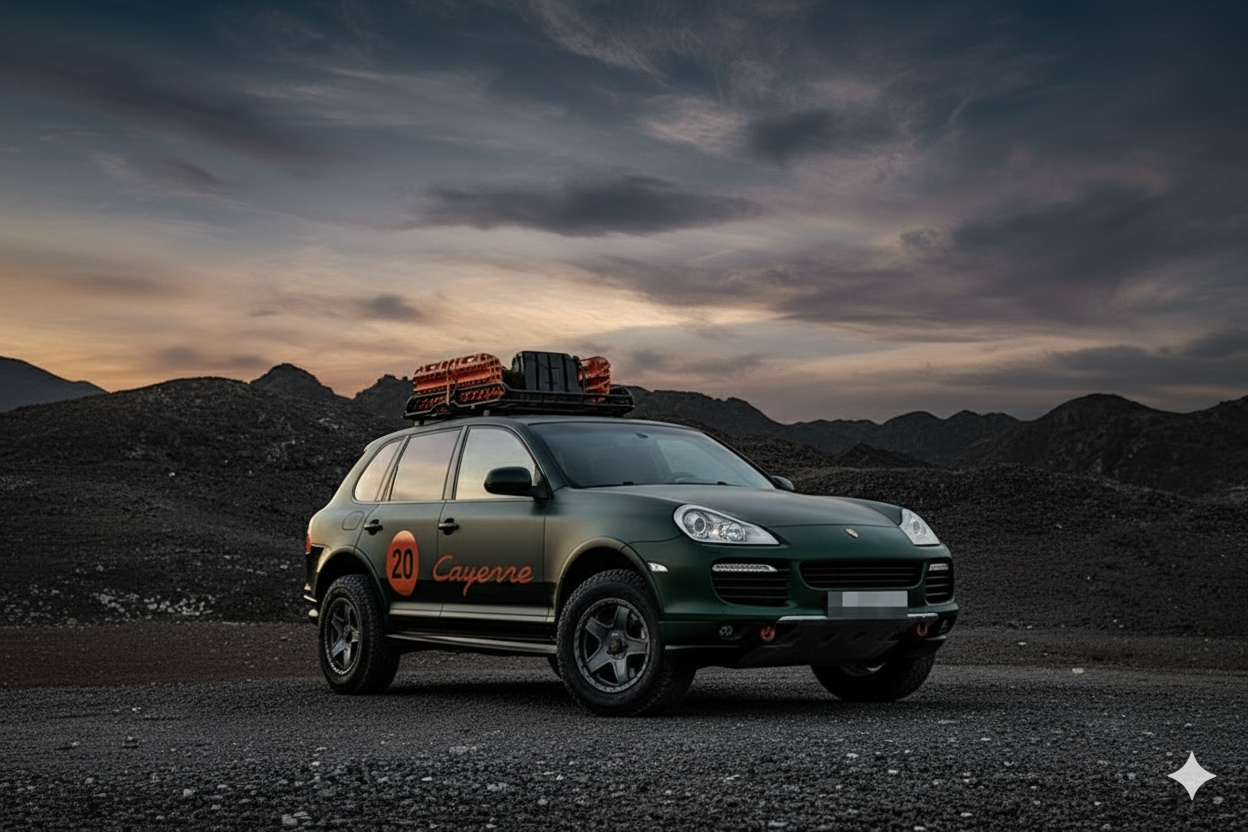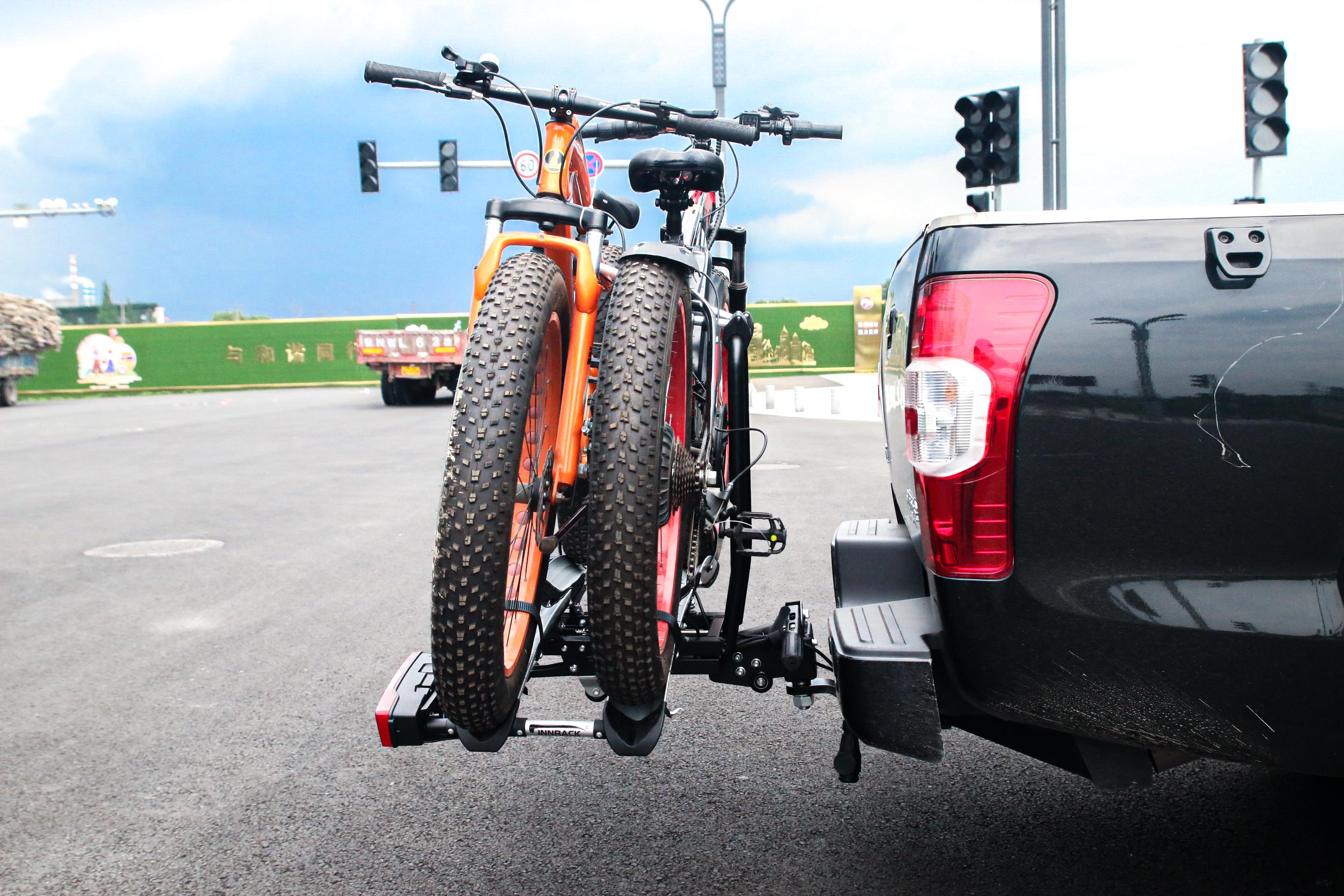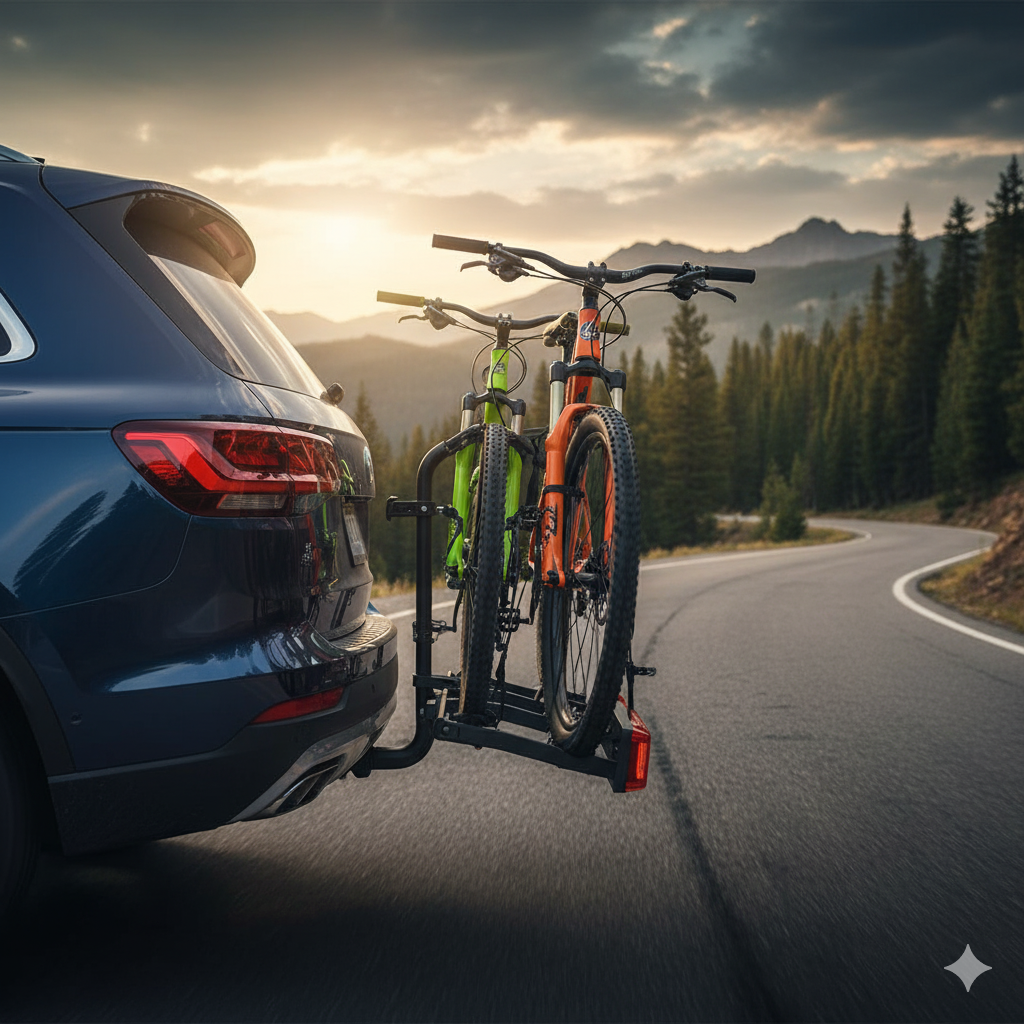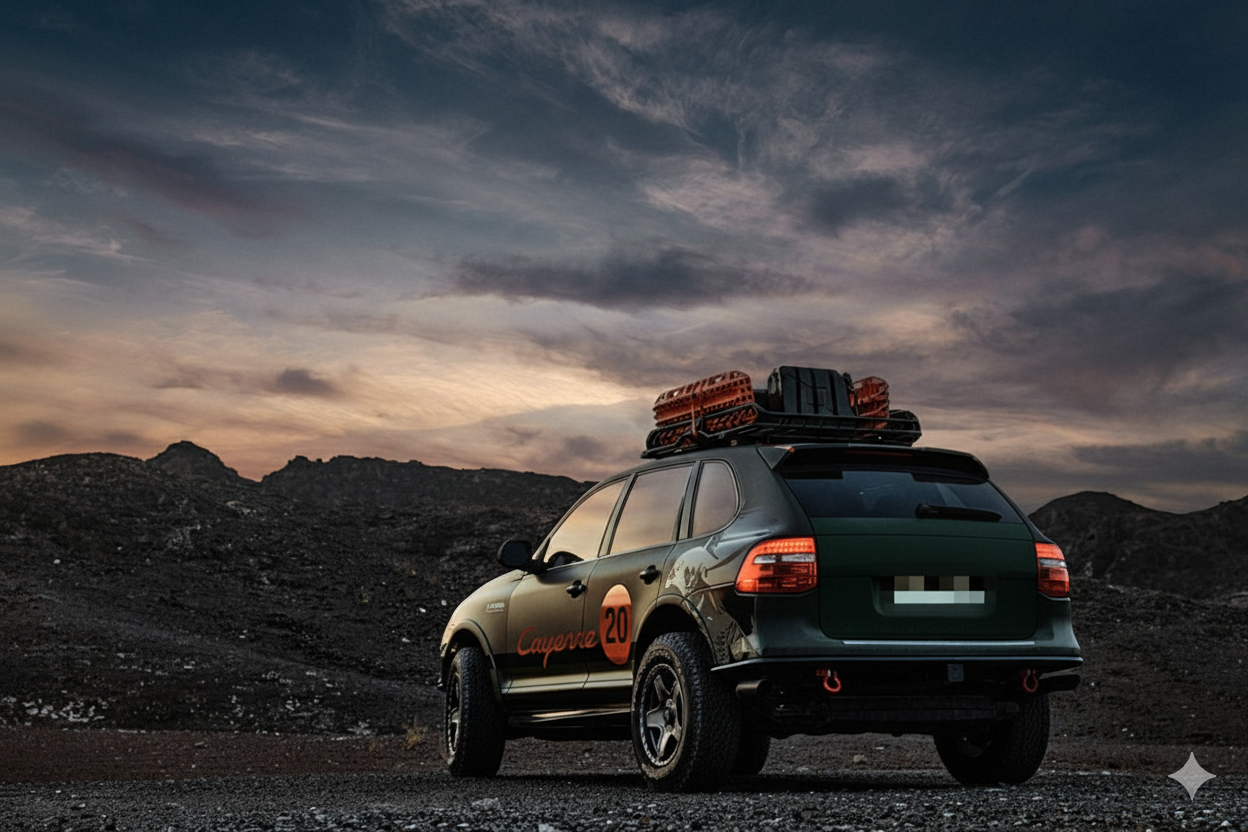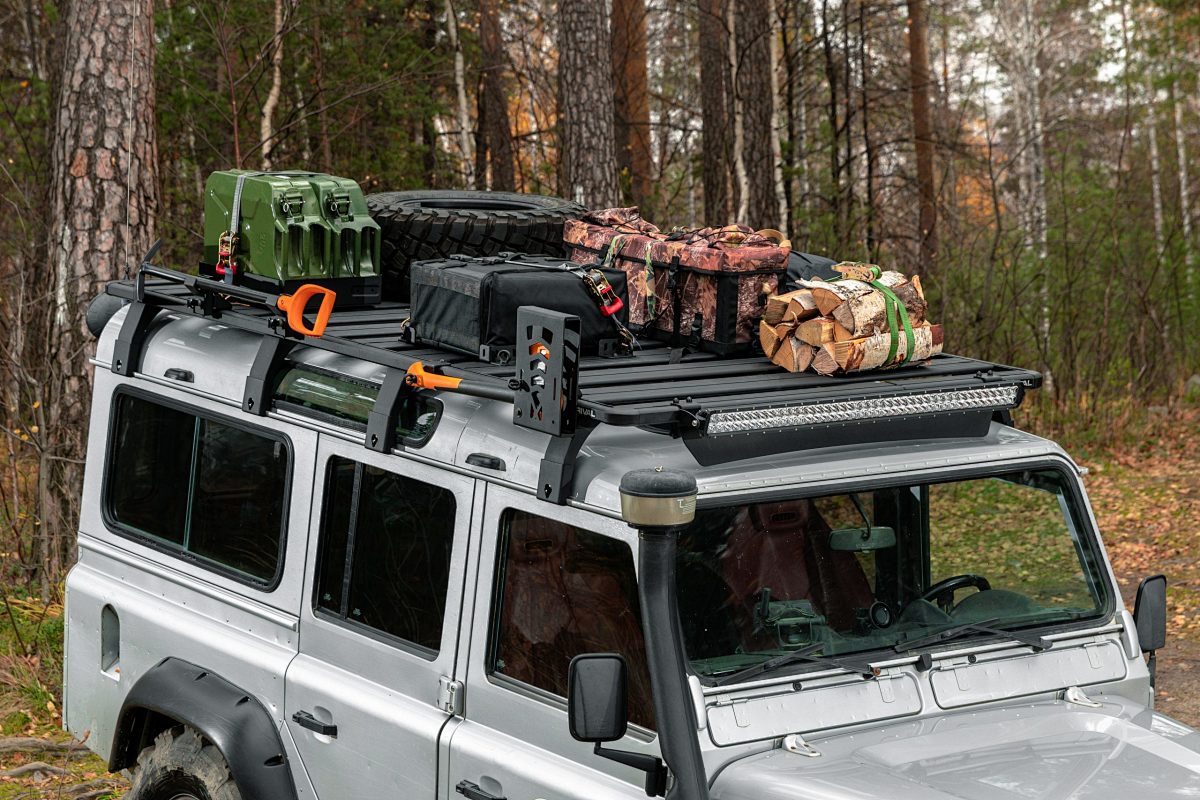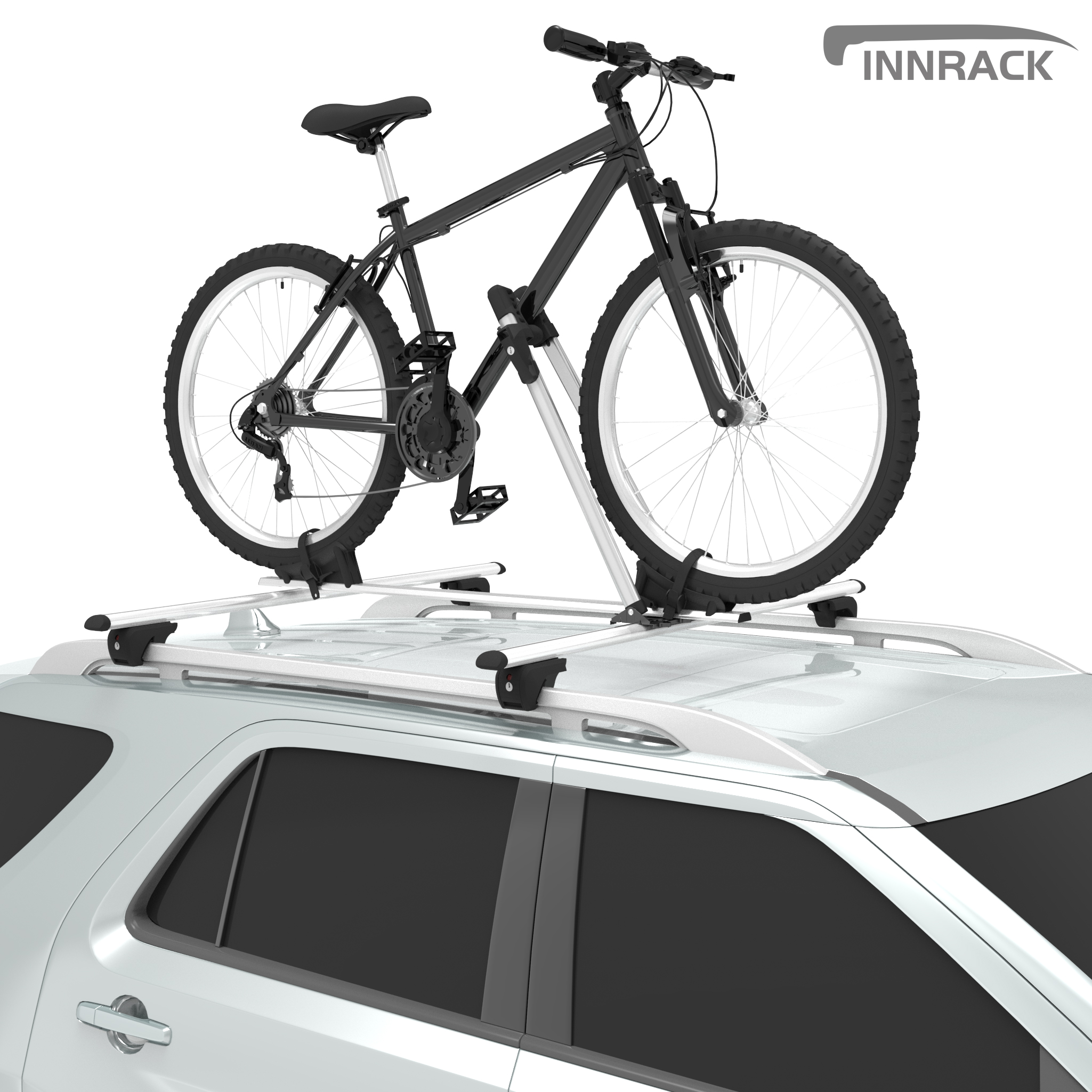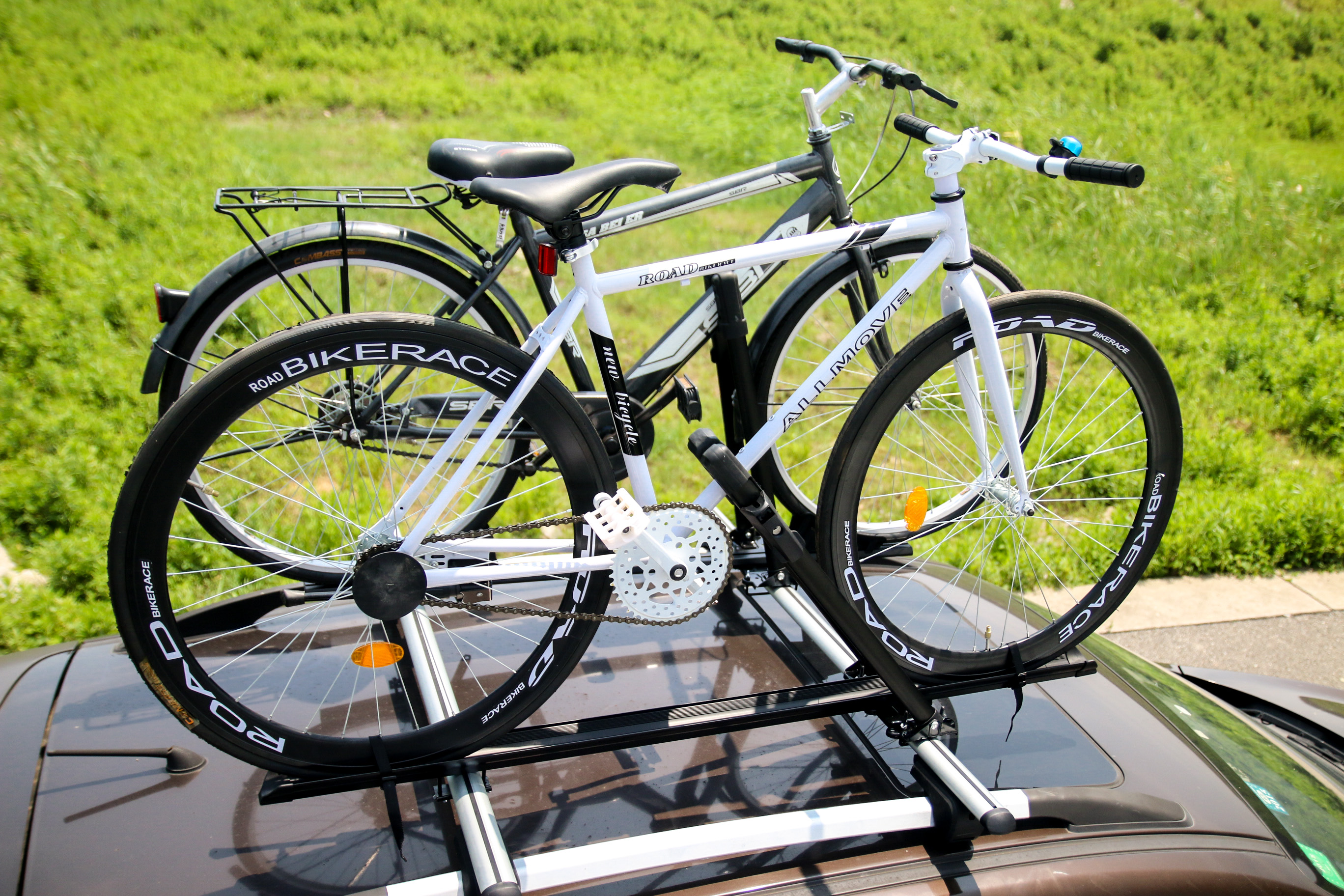
OEM Bike Rack Producer: Engineering Smarter Transport Systems for Every Vehicle
In a world where cycling has evolved from sport to sustainable transport, bike racks have become integral to vehicle design. Yet, many brands still face familiar challenges: instability under heavy loads, regulatory inconsistencies, and poor compatibility across regions.
That’s where INNRACK, a leading OEM bike rack producer, reshapes the industry—merging structural engineering, materials science, and market-specific customization to deliver smarter, safer, and globally compliant transport systems.
Understanding the Four Core Rack Types and Their Structural Logic
Choosing the right rack design isn’t about aesthetics—it’s about force distribution, stability, and user convenience. Understanding the mechanics behind each structure helps buyers and OEM partners make informed decisions.
| Rack Type | Mounting Method | Load Capacity | Ideal Use Case | Limitation |
|---|---|---|---|---|
| Roof Rack | Mounted on roof rails or crossbars | 20–30 kg | Lightweight bikes, aerodynamic focus | Requires overhead lifting |
| Hitch Rack | Attached to vehicle hitch receiver | 60–80 kg | E-bikes, SUVs, frequent transport | Trunk access partially limited |
| Tow Ball Rack | Clamped to vehicle tow ball | 50–70 kg | Heavy bikes, stable for long trips | Requires tow ball installation |
| Trunk Rack | Strapped to rear door | 15–25 kg | Compact cars, entry-level users | Lower stability and load tolerance |
Insight:
The rack’s mounting base directly defines its structural strength. Roof racks shift the load vertically through the vehicle body, while hitch and tow ball racks distribute weight horizontally—reducing torque and improving dynamic stability.
Inside the Product: Engineering Principles Behind a Modern Bike Rack
A true OEM bike rack producer does more than fabricate metal—it engineers performance from the molecular level to the modular system.
1. Material Selection and Load Control
-
INNRACK integrates 6061-T6 aluminum alloy for main arms and powder-coated steel for base frames.
-
The design balances lightweight form (–25% mass) and high load resistance (up to 80 kg dynamic load).
-
Internal rib reinforcements prevent deformation under torque stress during acceleration or braking.
2. Structural Reinforcement and Vibration Reduction
-
Multi-point support geometry ensures even force distribution.
-
Anti-sway stabilizers reduce lateral vibration by up to 60%, improving safety during high-speed travel.
-
Dual-arm locking mechanisms eliminate wobble without tools, supporting both round and oval frame types.
3. Surface Protection and Corrosion Resistance
-
A dual-layer coating system—electrophoresis primer + polyester powder finish—ensures resistance to salt, UV, and moisture.
-
Each model passes 240-hour salt-spray testing, meeting coastal and winter condition requirements.
4. Locking and Safety Systems
-
Dual-lock integration: one for the rack-to-vehicle joint, one for the bike frame clamp.
-
Anti-theft cabling and OEM-ready branding plates add value for premium distributors.
Traditional Manufacturing vs. OEM Engineering Collaboration
| Aspect | Conventional Supplier | INNRACK OEM Engineering |
|---|---|---|
| Design Origin | Supplier’s standard catalog | Co-developed with client’s brand concept |
| Testing Level | Basic QC inspection | Full dynamic load, wind, and fatigue validation |
| Customization | Limited | Structural, branding, and regulatory customization |
| Documentation | Generic specs | Technical drawings + compliance certificates |
| Regulatory Compliance | Minimal | TÜV, ISO 11154, DOT, and ADR compatible |
Why it matters:
OEM collaboration ensures design decisions—such as arm length, hitch geometry, or corrosion coating—align with both engineering principles and market regulations, preventing costly post-launch failures.
Engineering for Global Adaptation: Compliance by Design
A successful bike rack must perform consistently across continents—whether installed on an SUV in Europe, a pickup in Australia, or a compact hybrid in Japan.
| Region | Key Standard | Engineering Requirement | INNRACK Adaptation |
|---|---|---|---|
| Europe | TÜV / ISO 11154 | High-speed load and vibration testing | Reinforced weld joints & aerodynamic tubes |
| North America | DOT / FMVSS | Reflective and mechanical safety compliance | Dual safety pins + anti-sway arms |
| Australia | ADR Compliance | UV and salt exposure resistance | Multi-coat powder finish for heat endurance |
| Japan / Asia | MLIT Standards | Compact vehicle compatibility | Modular quick-release frames |
Interpretation:
Compliance is not a marketing label—it’s a mechanical requirement. Each certification defines specific stress, fatigue, and environmental criteria that INNRACK embeds into the product during the design stage.
Application Scenarios: Matching the Right System to the Right Market
The real value of an OEM partner lies in helping clients choose the right rack type for their target users and vehicles.
| Scenario | Recommended Rack Type | Reasoning |
|---|---|---|
| Urban commuters | Roof Rack | Compact, aerodynamic, easy storage |
| E-bike users | Hitch or Tow Ball Rack | Supports high weight and quick loading |
| Car rental or OEM accessory programs | Modular OEM Racks | Fast assembly, replaceable components |
| Export distributors | Certified OEM Racks | Regional compliance, minimal testing delay |
Practical takeaway:
INNRACK’s modular platform allows clients to use the same structural core while customizing mounts, finishes, and locks for different regions—reducing tooling cost and simplifying global inventory.
Product Insight: Engineering Quality That Scales
INNRACK’s engineering approach transforms every rack into a modular ecosystem.
-
Interchangeable components streamline maintenance and spare parts supply.
-
Tool-free assembly reduces retail installation time by 40%.
-
Universal joint mounts enable adaptation across multiple vehicle models without redesign.
-
SilentDrive™ geometry minimizes airflow noise during highway driving.
These refinements are not luxuries—they are measurable engineering improvements that directly influence user safety and brand reliability.
Frequently Asked Questions
Q1: How does an OEM bike rack differ from a white-label product?
A: OEM racks are co-developed with the buyer’s engineering team, integrating specific standards, materials, and branding needs—ensuring technical and regulatory consistency.
Q2: Can INNRACK support regional exclusivity for distributors?
A: Yes. INNRACK offers design exclusivity and certification documentation for defined territories to protect distribution investments.
Q3: What kind of testing is performed before shipment?
A: Dynamic load simulation (110 km/h), vibration fatigue (20,000 cycles), and salt-spray corrosion testing are standard.
Q4: Are INNRACK racks suitable for electric and heavy bikes?
A: Yes. Dual-arm designs and reinforced steel joints provide full stability for loads up to 80 kg.
Q5: Can OEM partners customize appearance or packaging?
A: Absolutely—color, texture, logo engraving, and packaging formats can be tailored to brand and market needs.
Engineering Partnership That Drives Reliability
A durable bike rack isn’t built by chance—it’s the result of calculated engineering, precision manufacturing, and partnership between brand and producer.
As a trusted OEM bike rack producer, INNRACK combines scientific design, modular scalability, and global compliance to help partners deliver products that meet every vehicle’s needs and every market’s standards.
Explore how INNRACK can enhance your next-generation transport solutions—visit our homepage or contact us here.

